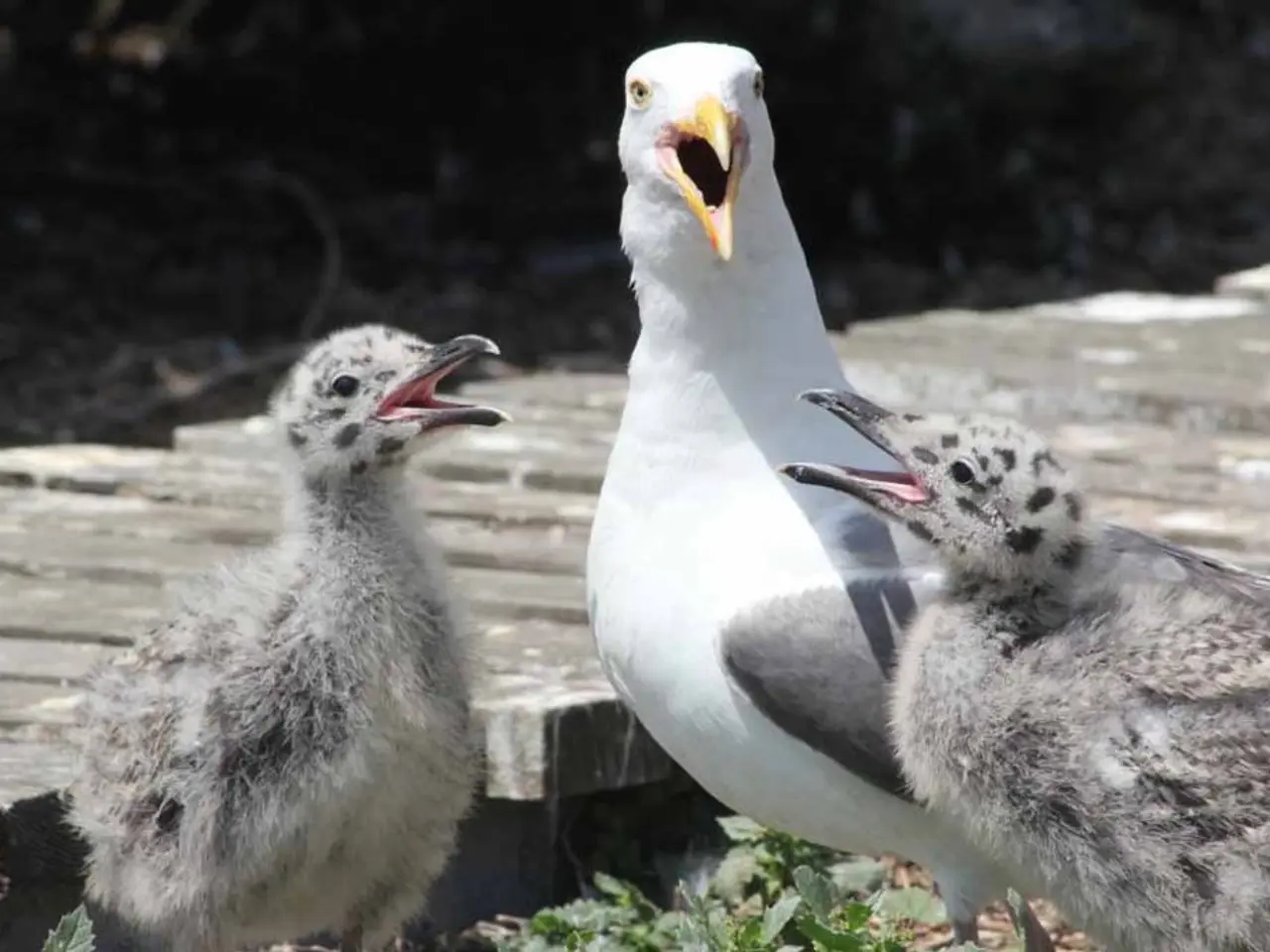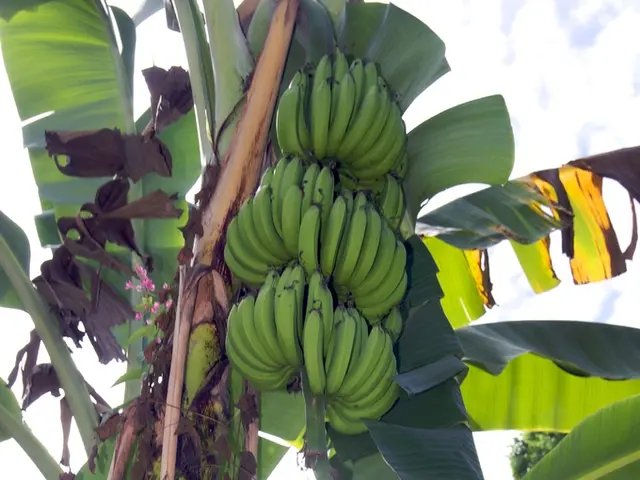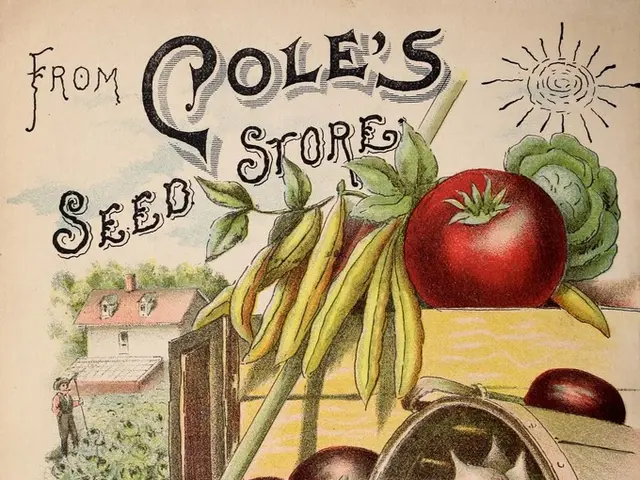Seven Strategies for Family Participation in Citizen Science, Inspiring Astonishment and Curiosity
In today's world, families can play an active role in scientific research, contributing to various fields from wildlife conservation to meteorology. Here's a roundup of ways families can get involved and make a difference.
Wildlife and Conservation
Families can set up trail cameras in their yards or nearby parks to document animal activity patterns, contributing to wildlife corridor studies. This not only provides insight into local wildlife but also offers educational experiences for children, developing their observation skills, scientific thinking, and environmental awareness.
Marine wildlife reporting apps like iNaturalist Ocean and Whale Alert allow families to photograph and log marine animals, contributing to population studies and migration tracking. Similarly, families can participate in pollinator surveys through programs like eButterfly or Bumble Bee Watch, recording species and flower preferences to aid pollinator conservation research.
Meteorology and Weather
A home weather station can provide accurate readings for temperature, humidity, rainfall, and wind speed, helping meteorologists fill gaps in official weather networks and improve local forecasting accuracy. The mPING app allows families to report hail size, snow depth, and storm damage directly to the National Weather Service, improving warning systems and protecting communities.
Space and Atmospheric Phenomena
NASA's Spot the Station program turns space station tracking into an exciting family activity, helping refine orbital tracking data. The American Meteor Society's fireball reporting system allows families to observe and report annual meteor showers, helping scientists track meteor stream activity and identify potentially hazardous asteroids.
Environmental Monitoring
By adopting a beach for regular clean-up monitoring, families can contribute valuable data about pollution sources and patterns to ocean conservation research. Participating in coastal erosion documentation projects helps families understand erosion patterns and develop protection strategies for vulnerable coastal areas and marine ecosystems.
Community Engagement
Families can participate in community water monitoring events organized by local watershed associations, such as stream cleanups and water quality testing. The Great Backyard Bird Count is an annual event where families spend 15 minutes counting birds in their yard or local park, contributing to ornithological research.
Citizen Science Projects
The eBird app allows users to log bird sightings from anywhere, helping scientists understand bird distribution, abundance, and migration patterns. Simple water testing kits can be purchased to measure pH levels, dissolved oxygen, and temperature in nearby waterways, helping scientists identify pollution sources and track seasonal changes.
By joining plant science initiatives, families' gardens become valuable research sites for understanding plant behavior, species distribution, and ecosystem health. Families can also contribute to plant phenology studies by recording bloom dates, leaf emergence, and fruit development, helping scientists understand shifting seasonal patterns and ecosystem responses.
Using apps like iNaturalist or EDDMapS, families can document invasive species in their neighborhood, contributing to research on species distribution and management strategies.
In Germany, families can actively participate in citizen science projects through observation and data collection using dedicated apps and platforms, sharing their findings with research institutions, and engaging in community activities to ensure their contributions are visible and socially integrated, thus supporting long-term data gathering and scientific analysis.
In conclusion, families can make significant contributions to scientific research in various fields. By participating in these projects, they not only learn about the world around them but also help advance our understanding of the natural world and protect it for future generations.
Read also:
- Harsh Desert Environments Support Thriving Fruit Groves: Agriculture in Severe Climates
- One night of sleep deprivation can cause changes in our genes, according to a research study.
- Reporting on Measles Vaccination among Mennonite Community
- Governmental personnel records to no longer include COVID-19 vaccine statutes of employees







